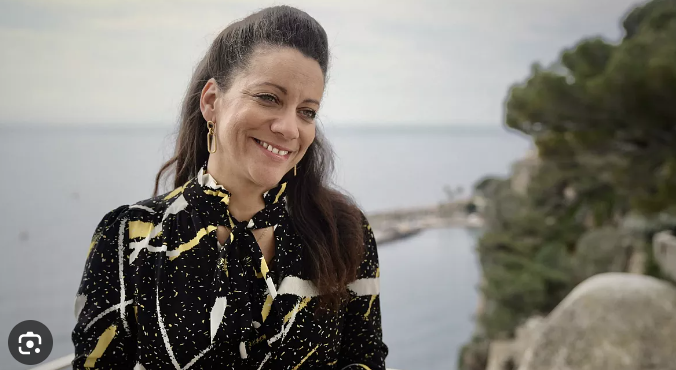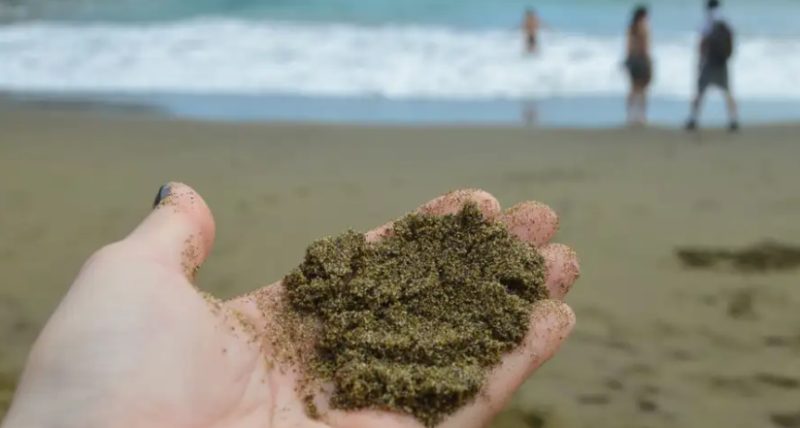The International Union for Conservation of Nature (IUCN) has played a central role in the sustainable use of marine biological diversity in areas beyond national jurisdiction. Minna Epps, Director of the IUCN Ocean Team, shared her insights with Euronews.
Celebrated as a ‘historic achievement’ and ‘a win for the ocean’, the High Seas Treaty has been ratified by Palau, Chile, and the Seychelles, and requires ratification from 57 more states before it can take effect.
Otherwise known as the Biodiversity Beyond National Jurisdiction (BBNJ) agreement, this pact establishes shared governance over roughly half of Earth’s surface and 95 per cent of the ocean’s volume.
In an interview with Euronews at the Monaco Blue Initiative event, Minna Epps, Director of the IUCN Ocean Team, explained that the High Seas Biodiversity Treaty proves multilateralism still exists.
« It still works. We are facing global problems and need global solutions, » Epps said.
« Sixty-four per cent of the ocean is beyond national jurisdiction. That is the high seas. And up until now, it hasn’t been completely lawless, but the legal framework has been very fragmented. So different bodies cover different parts.
« Once this treaty enters into force, it will be able to establish marine protected areas.
« We’ll also be able to conduct environmental impact assessments according to global standards. It also looks at access and benefit sharing of marine genetic resources. The fourth element of this treaty looks at capacity building and the transfer of marine technology.
« The race for ratification is on. I think countries feel the pressure. I was there when this treaty was being negotiated and felt the energy and optimism in the room! I think it also links to other multilateral environmental agreements.
« We have the Kunming-Montreal Global Biodiversity Framework, adopted in December 2022, when more than 190 countries came together and said: we need to protect at least 30 per cent of the land and it also includes the sea.
« To get there by 2030, we need a high seas biodiversity treaty. »




